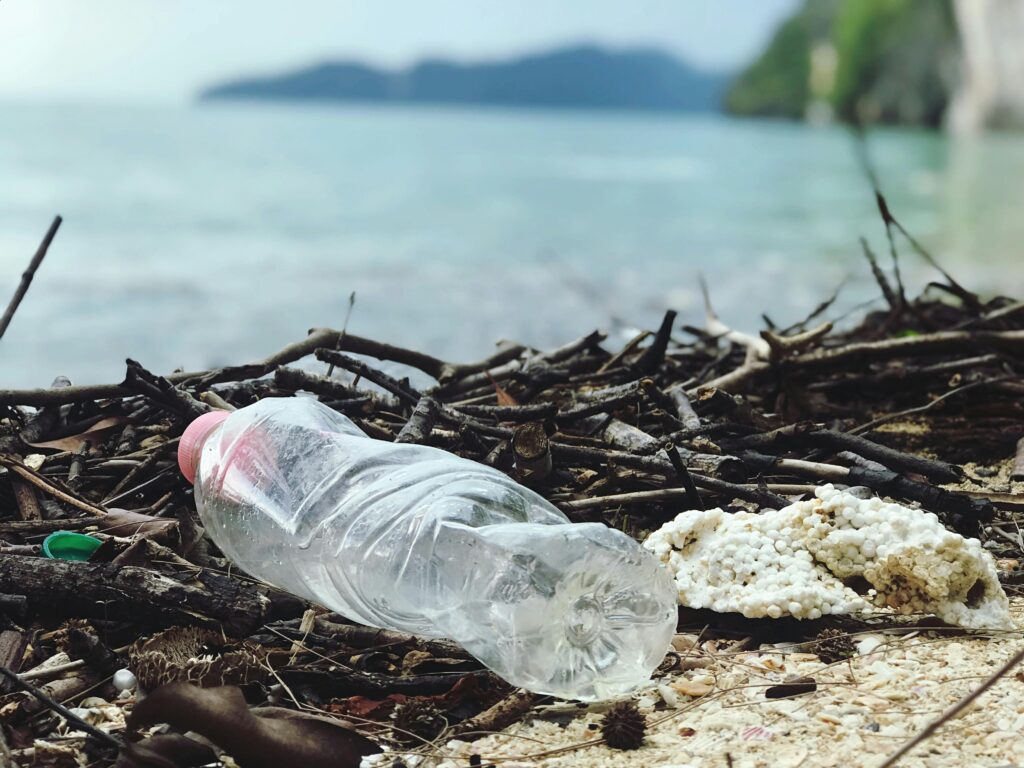
Turning the Tide
Why the UN Plastic Treaty Could Be the Paris Agreement for Pollution
by Malcom Cope
In a world increasingly overwhelmed by plastic waste, the United Nations is on the brink of finalising a historic agreement: the Global Plastic Treaty. Set for its final negotiation round in Geneva from 5–14 August 2025, this treaty could become the most significant environmental accord since the Paris Climate Agreement—if ambition wins over appeasement.
The Problem: Plastic is everywhere and forever
Every year, the world produces over 462 million tonnes of plastic, and nearly 90% of it ends up polluting our planet—from oceans and rivers to soils and even human bloodstreams. Microplastics have been found in placentas, breast milk, and the deepest parts of the ocean. Without urgent action, plastic pollution is projected to triple by 2040, reaching 37 million metric tonnes annually in the ocean alone.
This isn’t just an environmental issue—it’s a social, economic, and health crisis. Plastic pollution disrupts livelihoods, especially in coastal and low-income communities, and costs the global economy hundreds of billions of dollars in damages to tourism, fisheries, and public health.
The Treaty: A full lifecycle approach
What sets the UN Plastic Treaty apart is its comprehensive scope. Unlike previous efforts that focused narrowly on recycling or waste management, this treaty aims to regulate the entire plastic lifecycle—from extraction and design to production, use, and disposal.
The current draft, known as the “Chair’s Text,” includes over 30 articles and proposes both mandatory and voluntary measures. These include:
- Capping virgin plastic production
- Phasing out single-use and high-risk plastics
- Banning toxic additives and chemicals
- Mandating product redesign for reuse and recyclability
- Supporting just transitions for waste pickers and frontline communities
This approach reflects growing consensus that we must turn off the tap, not just mop up the mess.
The Politics: A battle of ambitions
More than 95 countries, including the UK, EU members, and small island states, are pushing for a high-ambition treaty that includes binding targets and production limits. These nations argue that voluntary measures have failed—plastic pollution has increased by 50% in the past five years, despite a 60% rise in national action plans.
However, a small but powerful bloc of oil and petrochemical-producing countries is resisting. They want the treaty to focus solely on waste management, avoiding any restrictions on production or design. This tension will come to a head in Geneva, where negotiators must decide: will this treaty be a transformative tool or a toothless compromise?
Why this matters
This treaty is more than a legal document—it’s a cultural turning point. It challenges the myth that plastic is cheap and disposable, and instead reframes it as costly and enduring. It also recognizes that plastic pollution is not just a consumer issue, but a systemic failure of design, accountability, and justice.
As WWF notes, over 85% of people globally support a ban on single-use plastics, and 87% support reducing plastic production. The public is ready. The science is clear. What’s needed now is political courage.
What you can do
Treaties don’t change the world—people do. Whether you’re an educator, activist, policymaker, or student, you can help:
- Raise awareness about the treaty and its stakes
- Pressure your government to support a strong, binding agreement
- Support circular economy initiatives in your community
- Challenge corporate greenwashing and demand transparency
- Inspire others through storytelling, art, and education
This is our chance to redefine our relationship with consumption—to move from a throwaway culture to one rooted in care, equity, and regeneration.
References